Sudanese youth launch peace campaign in Uganda
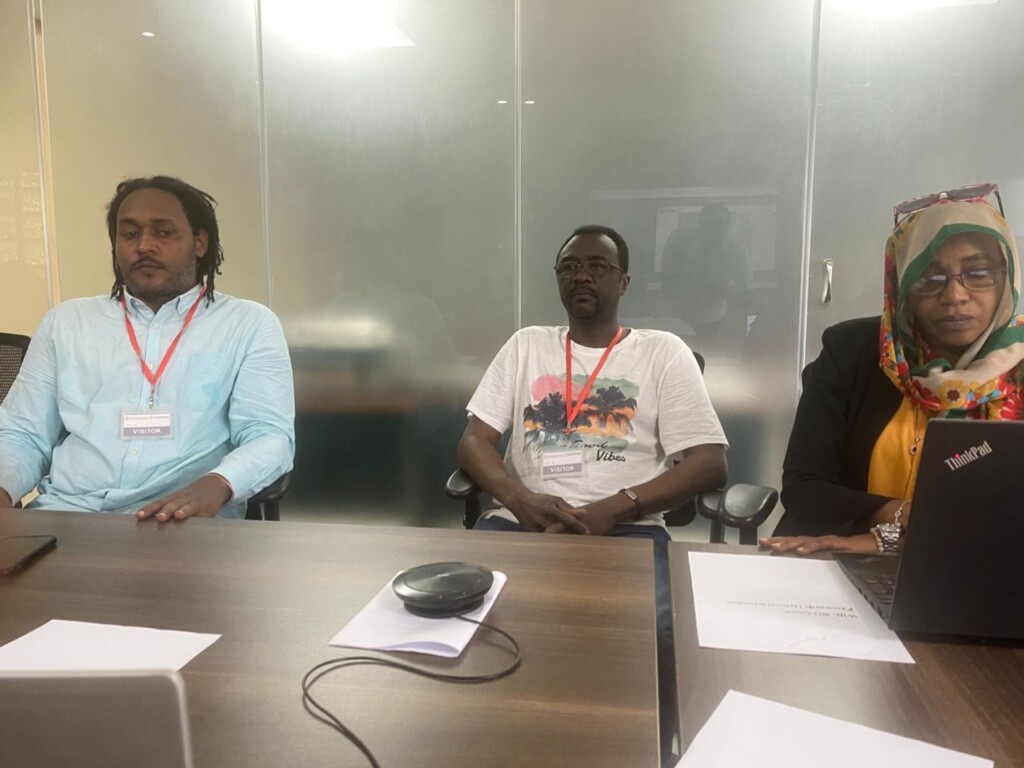
The Voices for Peace press conference (Photo: Sudan Media Forum)
Prepared by Sudanile.com for Sudan Media Forum
Sudanese youth have launched a new peace campaign from Uganda’s capital Kampala, aiming to leverage social media and traditional arts to foster reconciliation and end the ongoing conflict in their homeland.
The “Voices of Peace” campaign, inaugurated on Saturday by Sa’ad Mohamed, Executive Director of the African Centre for Justice and Peace Studies (ACJPS), seeks to engage young Sudanese in building a sustainable peace process.
“Stopping the war has become a national demand,” Mohamed said at the launch. “Through this campaign, we plan to build a comprehensive peace process, with youth at its heart, benefiting from the power and influence of social media in shaping public opinion.”
According to organizers, the initiative will use digital media and traditional arts – including the role of “Hakamats” (traditional female praise singers and storytellers) – to spread messages of peace and coexistence, while also monitoring and documenting human rights violations across Sudan.
Digital media’s role in social change
Sudanese civil and political groups have extensive experience using digital media and social networking sites, which played a pivotal role in mobilizing the Sudanese Revolution from December 2018 to April 2019. Faced with media suppression, social media platforms like Facebook, Twitter, and WhatsApp became crucial for organizing protests and coordinating actions.
The revolution effectively broke the official media blockade, transforming social media into a popular tool for communication and unifying revolutionary slogans. Sudanese activists gained international support, particularly on Twitter, turning it into a space for global solidarity. Digital platforms also became a vital medium for youth to discuss state-building, transitional justice, and human rights, fostering a culture of digital resistance.
Youth and ‘Hakamats’ in peace efforts
ACJPS Executive Director Sa’ad Mohamed attributed past failures in political settlements to the exclusion of influential community groups. He reiterated the campaign’s focus on empowering youth to be at the core of a comprehensive peace process.
Asjad Bahaa, a founder and participant in the campaign, said “Voices of Peace” is the second phase of an ACJPS project, which began in April focusing on documenting enforced disappearances. She explained that the campaign will train youth as monitors and documenters of human rights violations, addressing the exodus of many activists due to security threats.
The campaign will target eastern Sudanese states including Gedaref, Kassala, and Red Sea, along with River Nile, White Nile, and Al Jazirah. Monitoring teams are also present in Kordofan and Darfur. Monthly reports on violations will be issued to enhance youth participation in future peace negotiations.
Hanadi Al-Mak, a campaign activist, highlighted that youth are “the fuel of war and peace,” often easily recruited by armed groups. “We are trying to reverse this by training youth to be peace advocates,” she said. “We are also working to reorient the role of Hakamats to be symbols of peace instead of incitement.”
The campaign launches as the conflict between the Army and the Rapid Support Forces enters its third year, with violence escalating and little sign of a political settlement. Humanitarian conditions continue to worsen, and civilian violations are widespread.
Lessons from peacebuilding through arts and media
Examples from other countries highlight the potential of arts and media in peacebuilding:
Rwanda: Following the 1994 genocide, Rwanda used traditional arts, community theater, and radio broadcasts to promote love, reconciliation, and forgiveness. Mobile theater and weekly radio programs in local languages, often featuring women’s storytelling, helped communities understand and engage in reconciliation processes.
Sierra Leone: After the 2002 civil war, mobile youth music groups used traditional music to reintegrate child soldiers and foster tolerance. Local music and dance were employed in campaigns to promote the return of child soldiers to their communities and spread a culture of peace, with workshops organized for war-affected children.
Colombia: Media campaigns incorporating traditional arts and music played a role in ending the conflict with FARC rebels. These initiatives, using popular songs broadcast via planes, radio, and social media, encouraged dozens of fighters to disarm and rejoin society.
Niger: The role of “Hakamats” was empowered in peacebuilding through folk songs. Trained in reconciliation concepts, these women became key messengers, using songs in markets and at weddings to informally convey messages urging an end to violence and promoting coexistence in pastoral communities. This approach successfully shifted attitudes and reduced tensions in local conflicts.
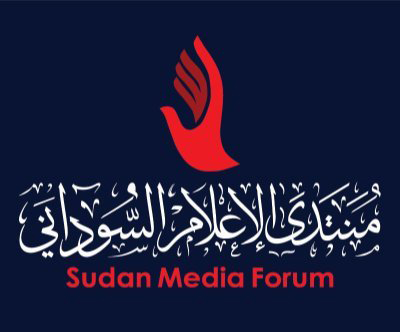
This report is prepared by by Sudanile.com and published via the platforms of Sudan Media Forum member organisations, as part of a warning against the profound future repercussions of the ongoing war, which has been raging for more than two years. They also highlight the importance of raising awareness of its repercussions, working to stop it, and highlighting the efforts being made to achieve these goals and establish peace by all peaceful means and methods.
#SilenceKills #الصمت_يقتل #NoTimeToWasteForSudan #الوضع_في_السودان_لايحتمل_التأجيل #StandWithSudan #SudanMediaForum






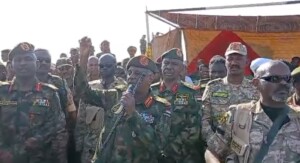

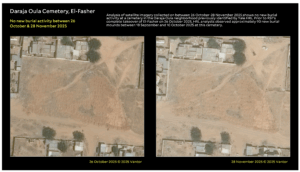
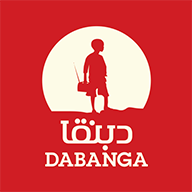
 and then
and then